THE IMPORTANCE OF SETTING
by Sonja Stone
Let me begin this post with a disclaimer: setting and description are the weak links in my writer’s arsenal. Recently, my blog sisters have written about the importance of setting in thriller novels, and I wholeheartedly agree that setting enhances plot (like the Columbian jungle in Jamie Freveletti’s Running From The Devil). HOWEVER, recognizing the importance of setting does not grant me the gift of descriptive writing.
My young adult series is set in the Sonoran Desert. The harshness of the climate lends itself to the rigorous survival courses embarked upon by the students of Desert Mountain Academy, a government-funded boarding school run by the CIA.
| the Sonoran Desert |
Additionally, it’s one of the most beautiful places I’ve ever lived. But how to translate the million shades of green, the ever-changing color of the rock, the smell of wet creosote leaves after a heavy rain? And once I’ve described the setting–a dorm room, the dining hall, the dojo, why must I ever mention it again? Isn’t that redundant?
For those of you with adult attention spans, of course the answer is no, setting must be revisited (and mentioned more than once). When well written, setting adds to the mood of a story. So what’s a writer to do?
SEEK PROFESSIONAL HELP
The Successful Novelist, by David Morrell, addresses this very issue. Describing a scene visually leaves the reader with a feeling of dissatisfaction. When my setting feels flat or thin, Morrell suggests a “process of triangulation.” He says, “I always make a point of crossing a detail of sight with not one but at least two other senses.” Ideally, says Morrell, “I take the sight detail for granted and leave it out.”
One of my favorite books, All The Light We Cannot See, does this brilliantly. The heroine of the story is a young French girl (who happens to be blind). In this passage, she’s just been cornered by a man who believes she’s hiding a precious gemstone. Anthony Doerr writes “…she can hear him reaching for her; she smells rot on his breath, hears oblivion in his voice, and something–a fingertip?–grazes her wrist as she jerks away and clangs the gate shut in his face.” Doerr has already described the pounding waves against the seawall, the icy water seeping over her shoes, the fishy smell of the cavern hidden deep beneath the wall. The sense of the town is striking.
I believe to be so gifted a descriptive writer one must really pay attention. Therein, my dear friends, lies my problem.
Did anyone else watch USA’s PSYCH? Here’s a scene I can relate to: The detectives (Carlton Lassiter and Juliette O’Hara) are questioning a witness to a crime. They ask his whereabouts.
Carlton Lassiter: You don’t remember where you were this afternoon?
Hassenfeffer: It was yellow… and boring.
Juliet O’Hara: Are we talking about a restaurant?
Hassenfeffer: I don’t know. Maybe. Just write down that it was lame.
Yellow, boring, and lame. I feel you, buddy.
For you writers out there, what’s your weak link? And for the readers, in your opinion, what makes a setting shine?
photo credit: psych, USA network



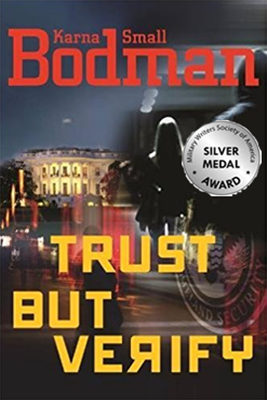
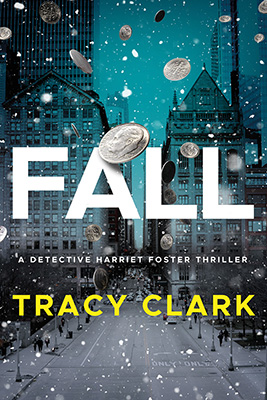
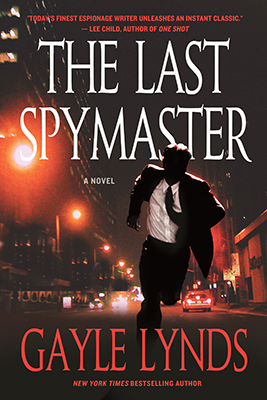
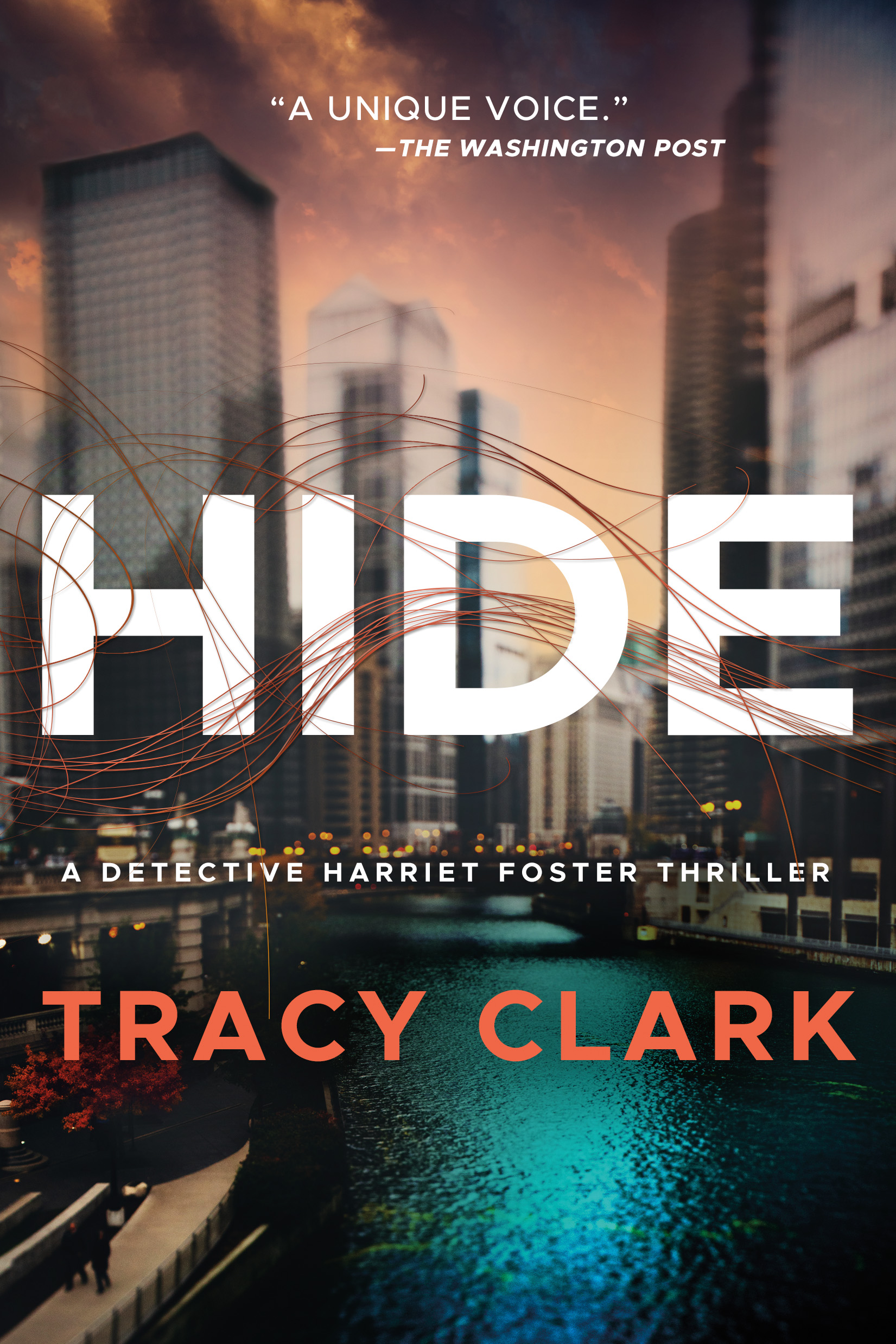
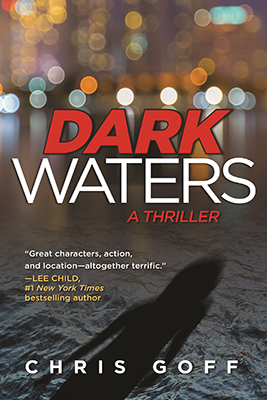
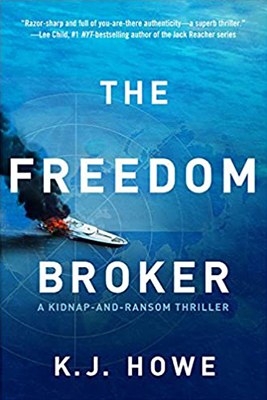
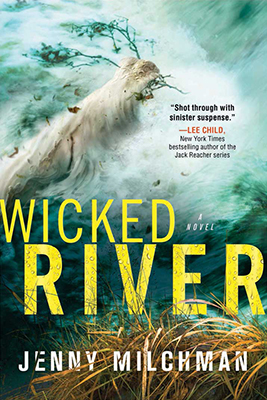
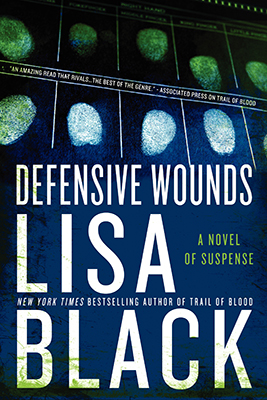
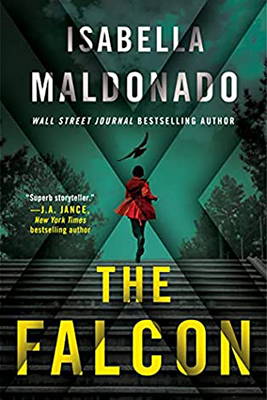
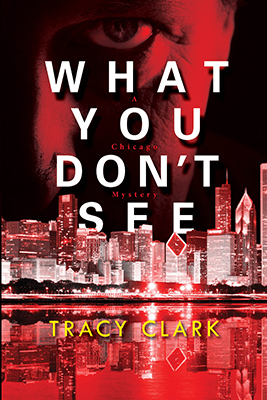
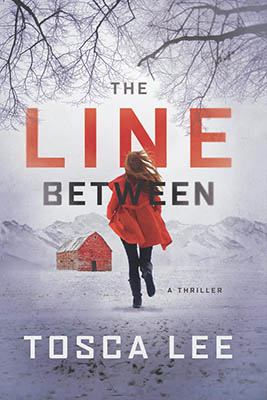
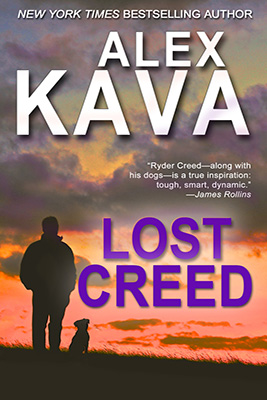
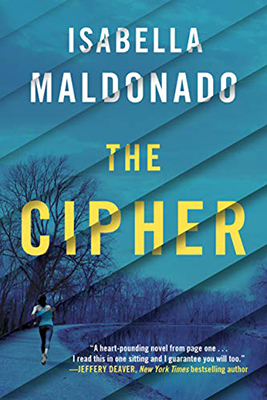
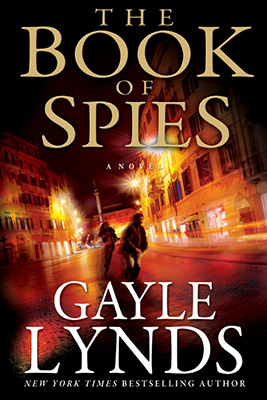
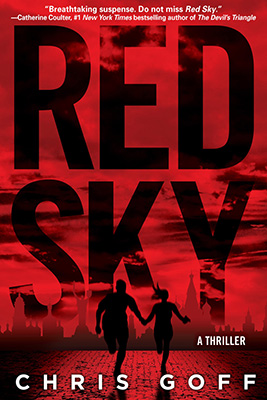
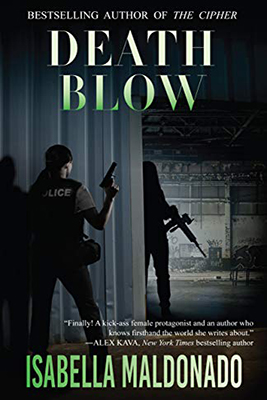
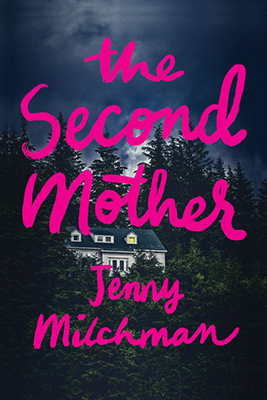
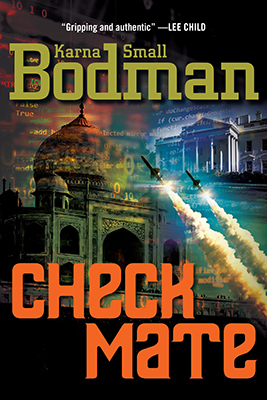
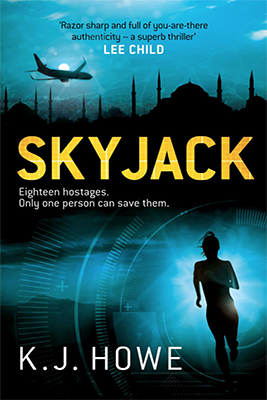
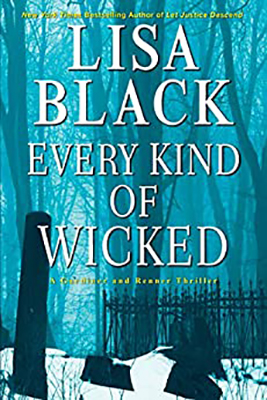
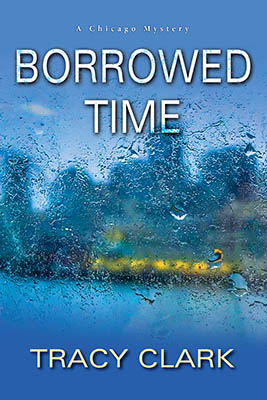
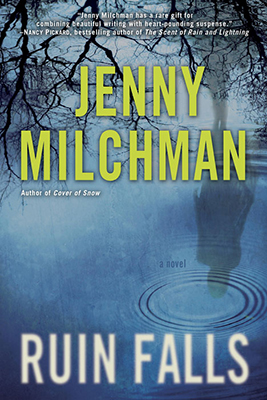
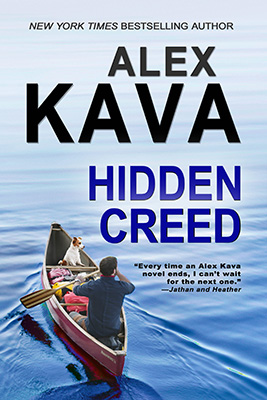
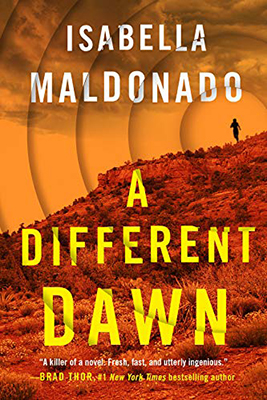
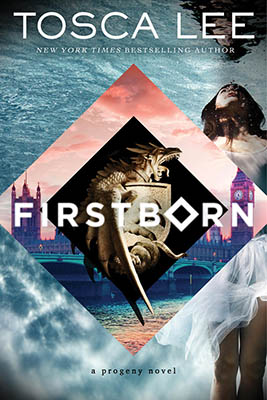
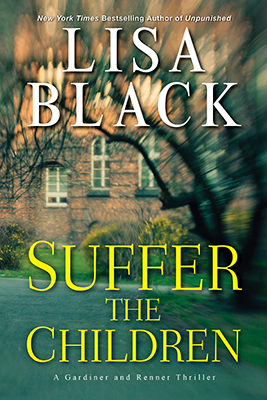
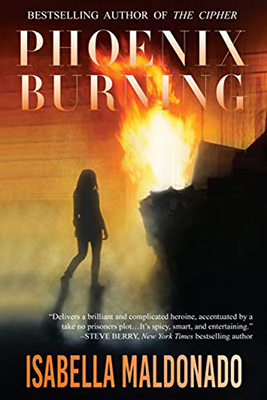
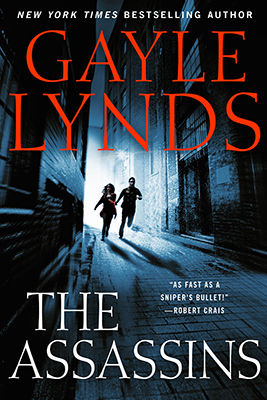

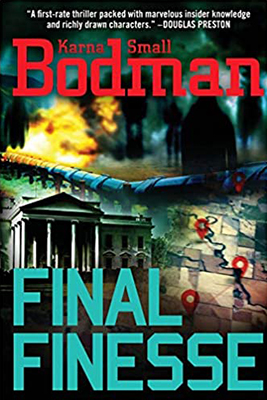
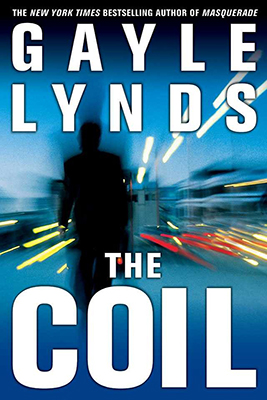
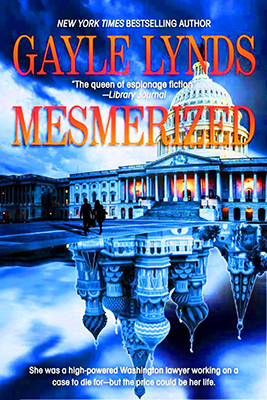
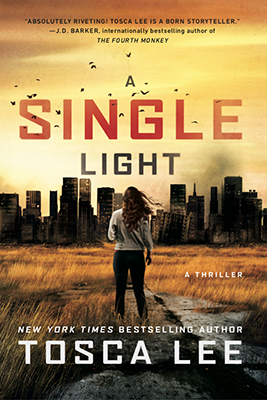
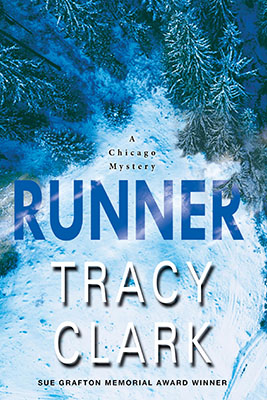
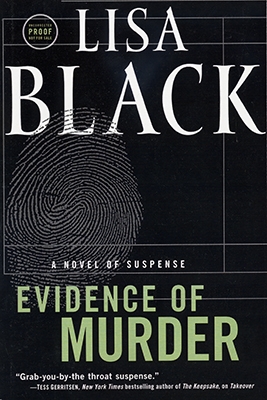
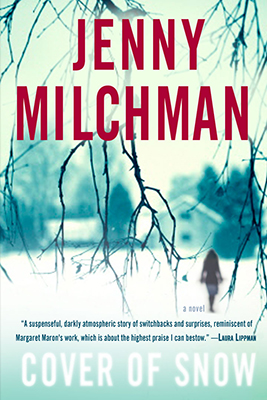
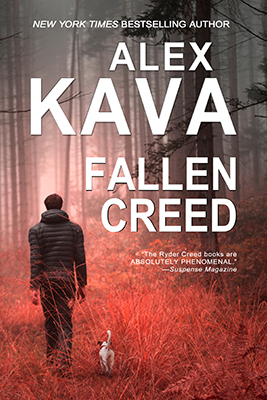
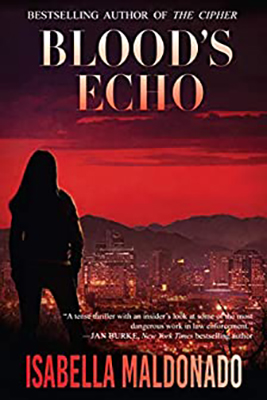
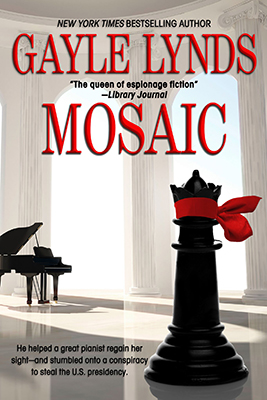
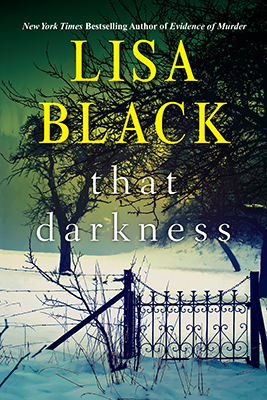
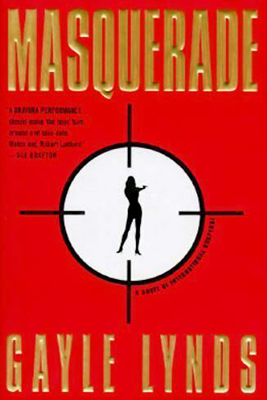
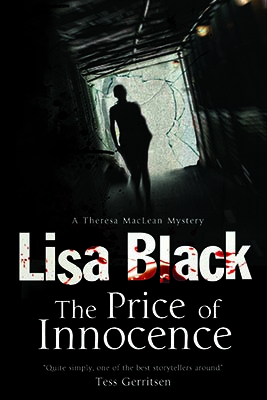
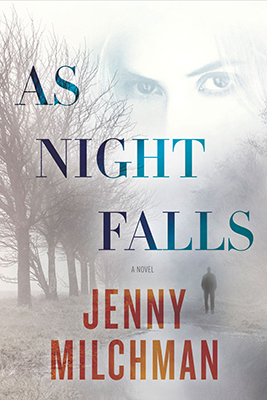
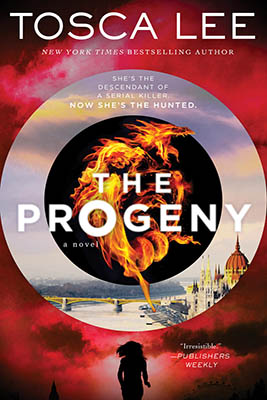
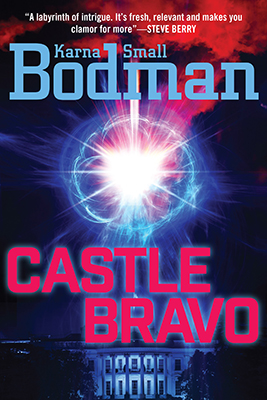
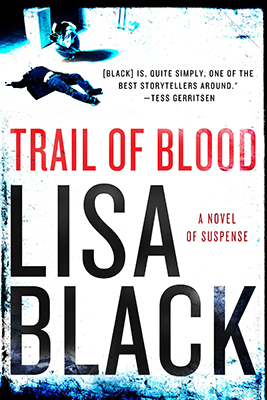
Thanks for a great post, Sonja. I agree with David, but I don't agree. LOL. For me what works with setting are the telling details. There's a difference in personality between the character who has oatmeal for breakfast, and one who has Cocoa Puffs, and by simply amplifying the detail a bit we get description: He chewed the oatmeal slowly, eyes closed. Or, she crunched her Coca Puffs as sunlight streamed through the kitchen window, illuminating her. Wonderful points you've brought up. Thank you!
Gayle, you've made a great point: bringing action into the description is a great way to avoid the dreaded "info dump" of setting details. Thanks!
Very interesting post, Sonja — it made me think about the old "rule" that authors hear in writer workshops: "Show, don't tell." And you make great points about how certain authors are able to "show" a setting by describing a character's reaction to it rather than simply "telling" the reader that the sky is blue. Thanks for reminding us!
One of my former writing teachers, John McPhee, is a master at describing setting – because he takes the time to research details, and his arsenal of information can be deployed to enrich any "lame" passage. One word in your post stopped me dead, Sonja – creosote. I had no idea creosote was a plant, much less one with leaves and a distinctive smell. That's peculiar to your environment, and exactly the sort of detail a reader unfamiliar with the Sonoran desert would find fascinating as a portal into setting. The word "creosote" would lead to a brief passage John used to call a Set Piece – a short disquisition on the nature of the plant, its industrial uses, and perhaps the main character's distinct and personal memories evoked by stumbling over the scent in the desert after rain.